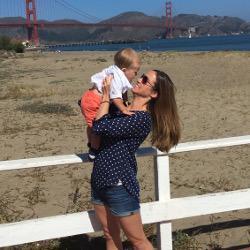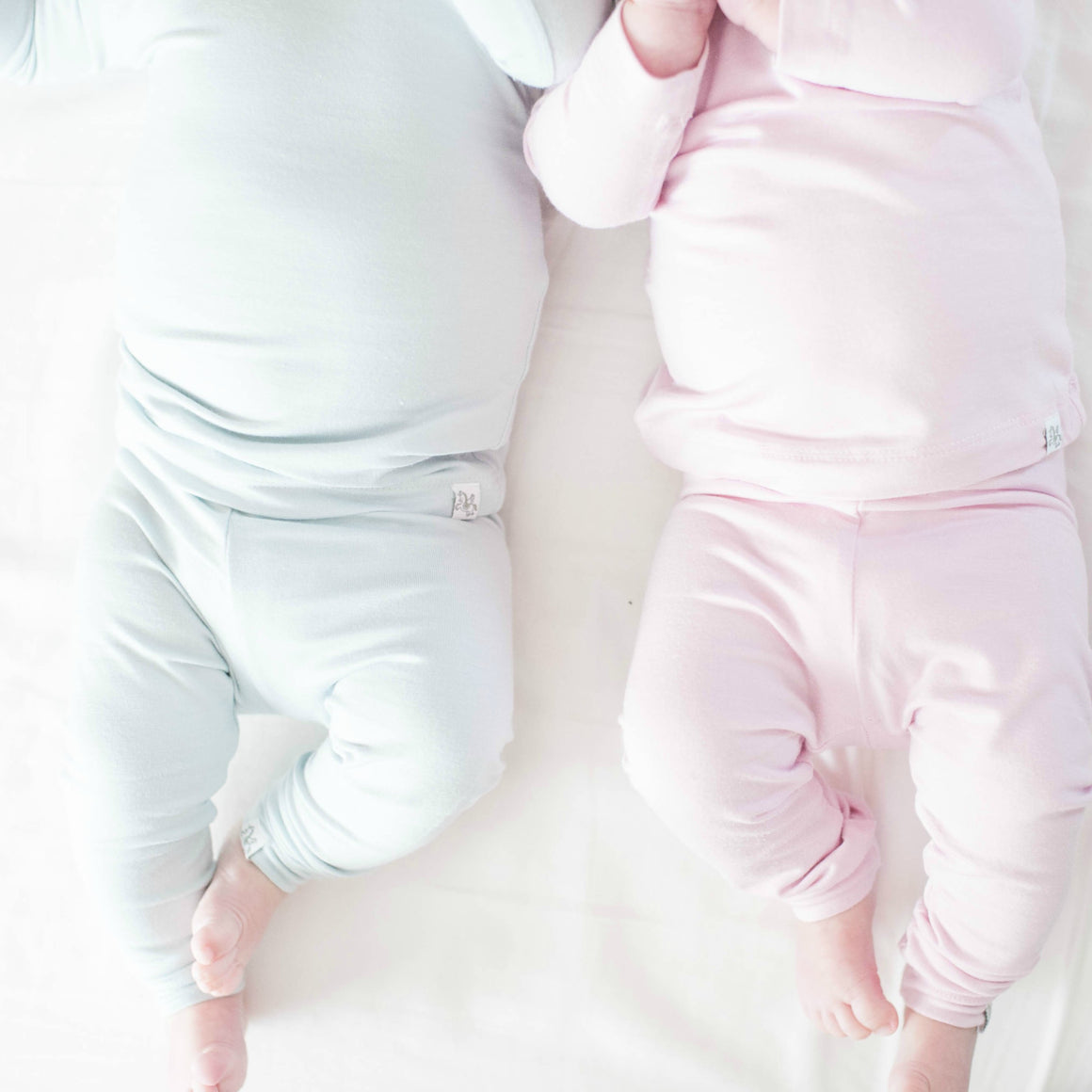SUIDS: National & State Trends
Hey There,
SUID is every parents' worst nightmare, and a new study suggests that occurrences are NOT rapidly decreasing. The study examined trends from 1990 to 2015 and compared state-specific SUID rates to identify significant trends that may be used to inform SUID prevention efforts.
First, here are a few things to know:
- SUID - Sudden Unexpected Infant Death
- SIDS - Sudden Infant Death Syndrome
- ASSB - Accidental Suffocation and Strangulation in Bed
The use of both SUIDs and SIDS has been increasingly confusing.
Sharp declines in the rates of SIDS in the 1990s have been associated with national efforts to promote infant safe sleep, mainly through the Back-to-Sleep campaign, an initiative to encourage parents to have their infants sleep on their backs (supine position) to reduce the risk of SIDS.
However, the decline in SIDS rates since the late 1990s has been, in part, attributed to a diagnostic shift that was identified from 1999-2001, when death certifiers began classifying fewer infant deaths due to SIDS and more deaths due to unknown cause or ASSB.
In an attempt to clarify the issue, the CDC (Centers for Disease Control), suggested that SUID be used as a broad term that encompasses all sudden infant deaths. In other words, SUIDS now encompasses SIDS, accidental suffocation in a sleeping environment, and other deaths from unknown causes, perhaps making stats a little merky. (Given this diagnostic shift, the study suggests that grouping SIDS, unknown cause and ASSB as SUIDs is a strategy for consistently monitoring SUID trends).
National Findings
Despite declines in rates, SUID remains an important cause of infant mortality, accounting for ∼3500 US infant deaths annually.
The study evaluated data from the US compressed mortality file to evaluate national and state-specific SUID rates for 1990 through 2015 and calculated rates per 100 ,000 live births for overall SUID and each SUID subtype.
According to the study,
"Despite refinements to the American Academy of Pediatrics safe sleep guidelines and an expansion of the national Back-to-Sleep campaign in 2012 to emphasize safe sleep environments in addition to sleep position in the Safe-to-Sleep campaign, SUID rates only decreased 7.2% from 1999 through 2015, as compared with 44% from 1990 through 1998."
In other words, reductions in overall SUID rates since 1999 have been minimal.
State Trends
The study also analyzed progress toward Happy People 2020 (HP2020), the goal of reducing SUID deaths to 84 per 100, 000 live births. From 2013–2015, 18 states met or exceeded the HP2020 SUID goal of 84 deaths per 100, 000 live births, compared with 16 states in 2000–2002 and 1 state in 1990–1992.
The following states had significant percentage declines in SUID rates when 2000–2002 was compared with 2013–2015 (for this study, DC was considered a state):
- California
- Colorado
- The District of Columbia
- Florida
- Kansas
- Missouri
- New York
- Oregon
- Washington
- Wisconsin
The greatest declines occurred in the District of Columbia (−44.5%), Colorado (−40.8%), and Wisconsin (−37.8%).
In contrast, the following states had the highest SUID rates in 2013–2015, coupled with large significant percentage increases when comparing 2000–2002 with 2013–2015:
- Alaska
- Arkansas
- Alabama
- Kentucky
- Louisiana
In addition, these states had >150 SUIDs per 100, 000 live births, nearly twice the HP2020 goal. Of these states, Alaska had the largest rate increase of 55 per 100 ,000 live births when comparing 2000–2002 to 2013–2015.
The study concludes:
Reductions in SUID rates since 1999 have been minimal, and wide variations in state-specific rates remain. States with significant declines in SUID rates might have SUID risk-reduction programs that could serve as models for other states.

Leave a comment
Comments will be approved before showing up.






About The Author
Tara Saltzburg founded Westyn Baby when her son was an infant battling severe eczema. She was always on the lookout for products that would minimize the irritation and ease his discomfort, but safe, non-irritating pajamas proved difficult to find. Tara started Westyn Baby in 2016 with a mission to create better, safer sleepwear for kids - sleepwear that's exceptionally soft, flame-retardant free, sensitivity-friendly, and durable. Read more about WB sleepwear.
Tara was born and raised at the NJ shore and attended Penn State University, where she played soccer and discovered her love of mountain life. She is a mom of one boy and hopes to eventually have enough kids to form some sort of athletic team. She and her family currently reside in Central Pennsylvania and spend the summers in Stone Harbor, NJ.